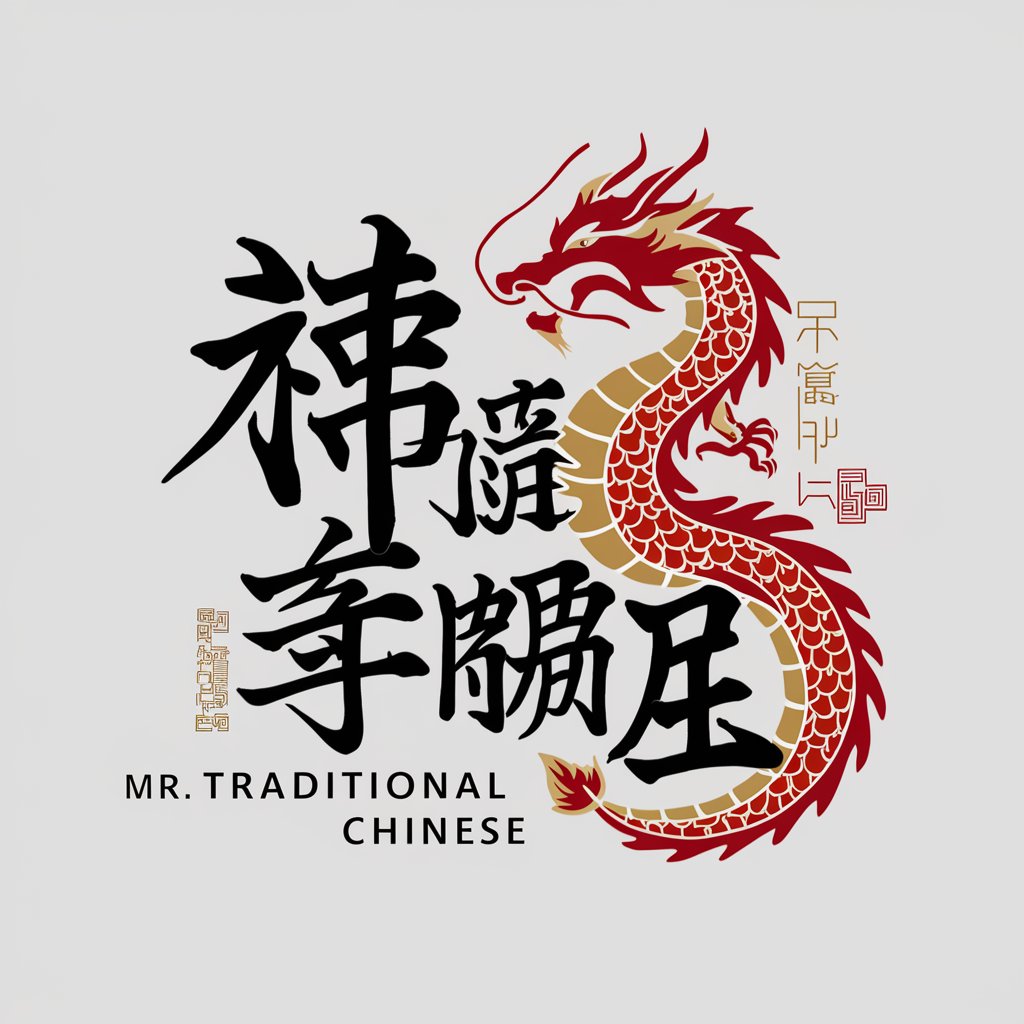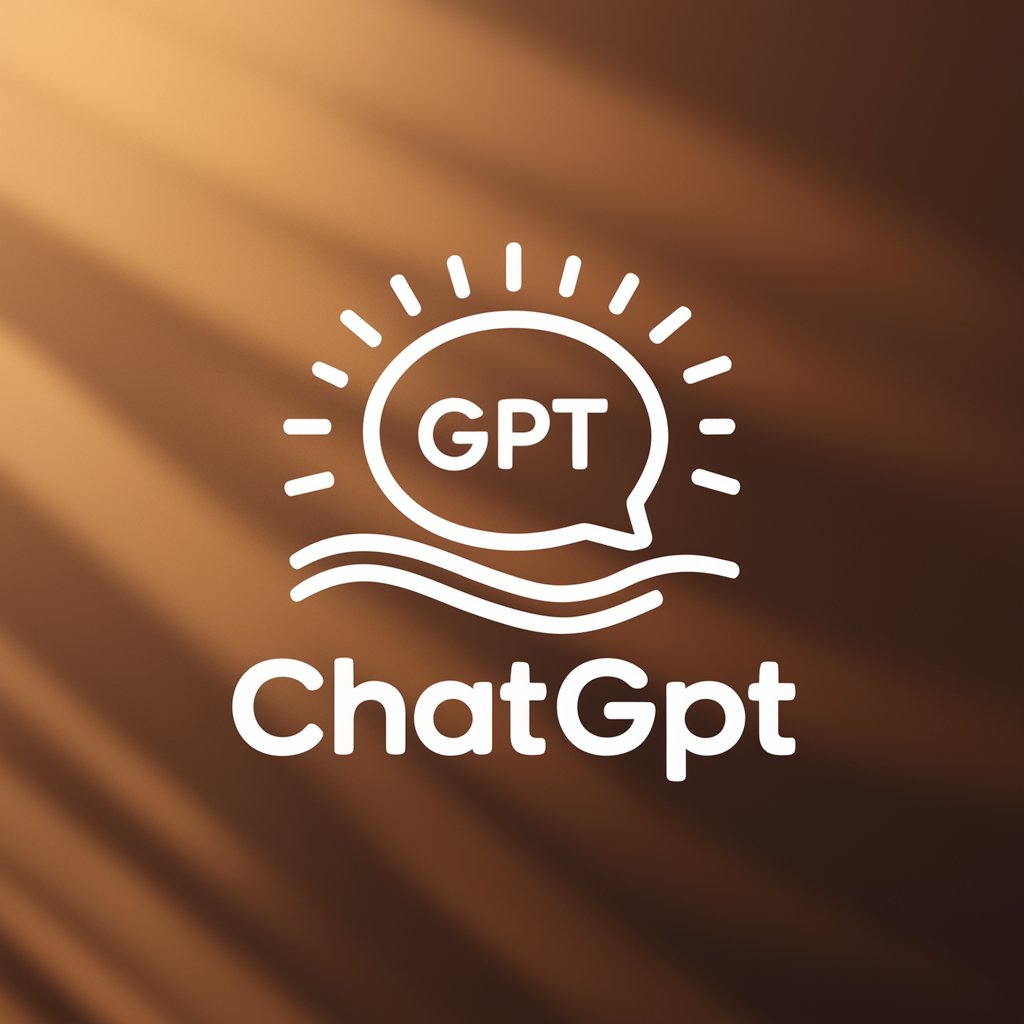
Wu Chinese - Wu Chinese Learning

Hello! I'm here to help you explore Wu Chinese.
Empowering Wu Chinese communication with AI
Can you translate this sentence into Wu Chinese:
What are some cultural insights about the regions where Wu Chinese is spoken?
Could you recommend resources for learning Wu Chinese?
What are common misconceptions about the Wu Chinese language?
Get Embed Code
Introduction to Wu Chinese GPT
Wu Chinese GPT is designed as a specialized language and cultural assistant focused on the Wu Chinese dialect, which is predominantly spoken in the eastern coastal region of China, including Shanghai, Zhejiang, and Jiangsu provinces. This AI model aims to provide users with accurate translations, cultural insights, and educational resources related to the Wu Chinese language and its speakers. By integrating linguistic data, cultural knowledge, and user-friendly interfaces, Wu Chinese GPT serves as a bridge for language learners, researchers, and anyone interested in the Wu Chinese dialect and culture. For instance, it can translate sentences from English to Wu Chinese, explain linguistic nuances, offer cultural tips for travelers, and provide quizzes for language learning. Powered by ChatGPT-4o。

Main Functions of Wu Chinese GPT
Translation
Example
Translating phrases from English to Wu Chinese and vice versa.
Scenario
A user planning to visit Shanghai wants to learn basic phrases. Wu Chinese GPT can provide accurate translations like 'How are you?' translated to Wu Chinese dialect, enhancing communication with locals.
Cultural Insights
Example
Sharing information about Wu-speaking regions' customs, festivals, and etiquette.
Scenario
A researcher studying regional Chinese festivals seeks information about the Mid-Autumn Festival as celebrated in Suzhou. Wu Chinese GPT offers detailed insights into traditional customs, foods, and activities specific to the Wu-speaking areas.
Educational Resources
Example
Offering learning materials and quizzes to users interested in mastering Wu Chinese.
Scenario
Language learners looking for structured practice can use Wu Chinese GPT to access quizzes and exercises tailored to their proficiency level, helping them to practice vocabulary, pronunciation, and grammar in a contextually rich setting.
Linguistic Nuances
Example
Explaining differences between Mandarin and Wu Chinese, including pronunciation, vocabulary, and syntax.
Scenario
A linguistics student comparing Chinese dialects uses Wu Chinese GPT to understand the specific phonetic and syntactic features that distinguish Wu Chinese from Mandarin, such as tone variations and unique expressions.
Ideal Users of Wu Chinese Services
Language Learners
Individuals or groups interested in learning Wu Chinese for personal, academic, or professional reasons. They benefit from translation services, cultural insights, and tailored educational content to enhance their language skills and cultural understanding.
Researchers and Academics
Scholars studying Chinese dialects, linguistics, or regional cultures. They find value in detailed analyses of linguistic nuances, cultural practices, and historical context provided by Wu Chinese GPT.
Travelers and Expatriates
People visiting or living in Wu-speaking regions who wish to communicate more effectively with locals and immerse themselves in the local culture. They can use Wu Chinese GPT to learn essential phrases, understand social etiquette, and explore cultural norms.

Guidelines for Using Wu Chinese
Start with a Free Trial
Begin your journey into Wu Chinese by accessing yeschat.ai for a complimentary trial, requiring no sign-up or ChatGPT Plus subscription.
Familiarize with Basic Phrases
Learn common phrases and expressions in Wu Chinese to grasp the basics of conversation, utilizing online resources or language apps tailored to Wu Chinese.
Practice Listening and Speaking
Improve your comprehension and pronunciation by listening to native speakers through podcasts, music, or movies in the Wu dialect, and practice speaking regularly.
Engage with Native Speakers
Join online communities or language exchange programs to practice Wu Chinese with native speakers, enhancing your fluency and understanding of cultural nuances.
Use Technology Aids
Leverage language learning apps, online dictionaries, and AI tools like this one to enrich your vocabulary, practice grammar, and get instant translations.
Try other advanced and practical GPTs
Yue Chinese
Empower your language journey with AI.
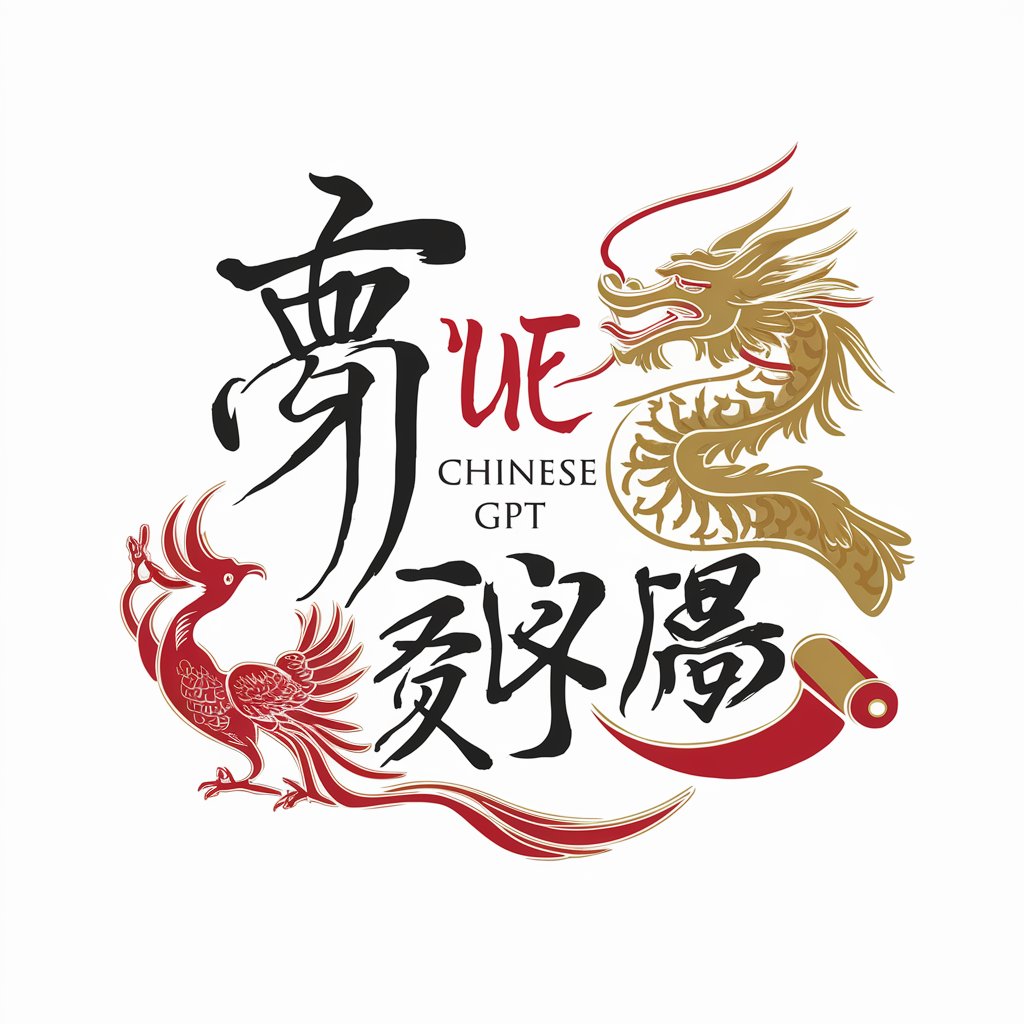
Jin Chinese
Empowering Language Discovery with AI

Use AI
Empowering Creativity with AI

Mandarin Chinese
Empowering Mandarin Mastery with AI

Arizona
Explore Arizona with AI

Montana
Unlock the Essence of Montana

GARMNTT Guide
Empowering Garment Business with AI

Emoji Fusion
Merge Emojis with Photos, AI-Powered Creativity
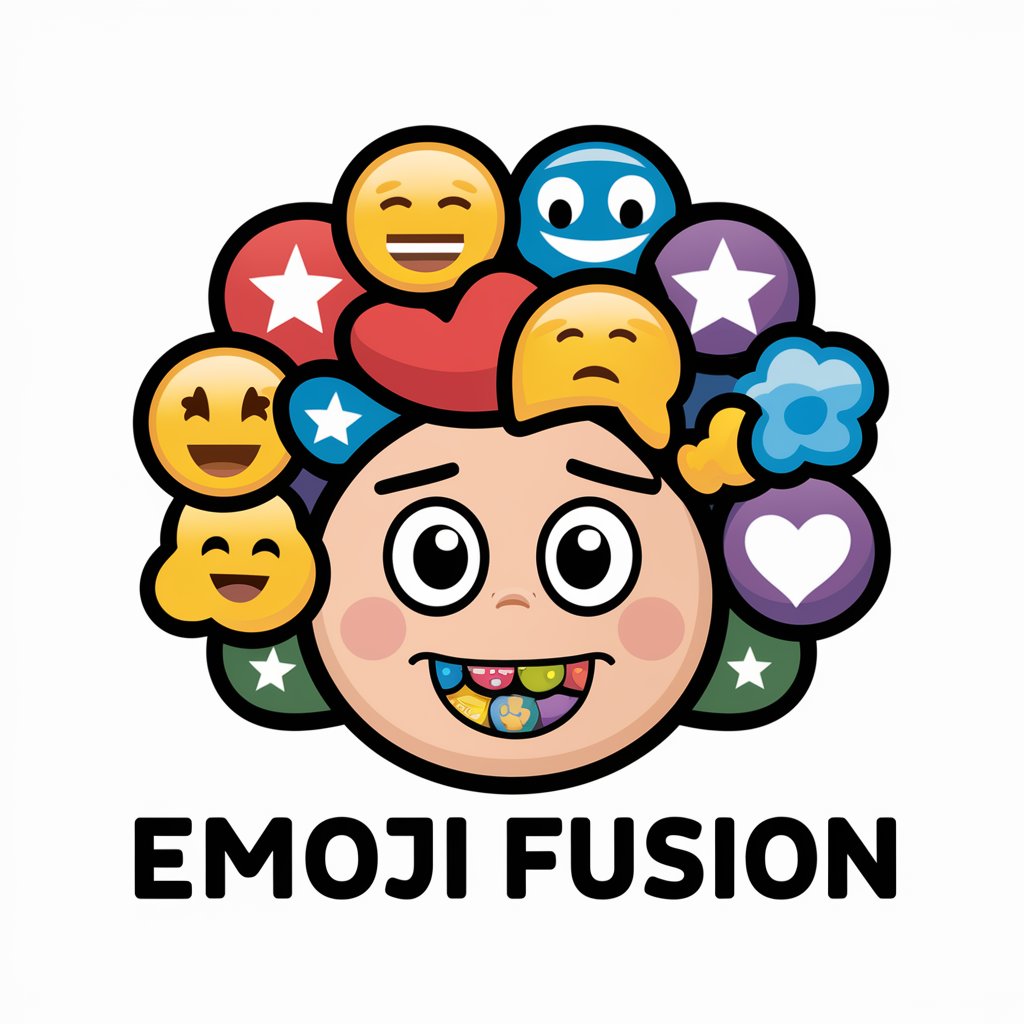
Understand You meaning?
Empowering comprehension with AI.
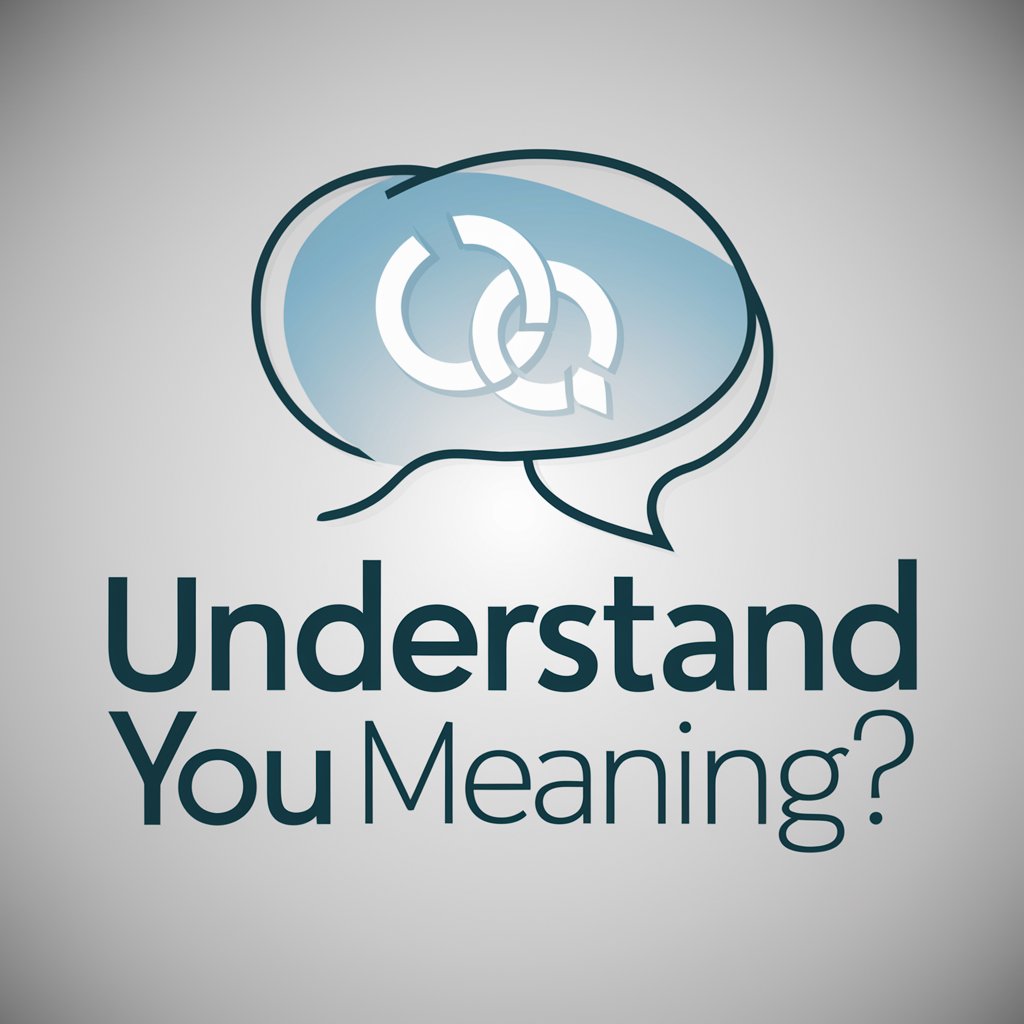
Solstice
Unveiling the Secrets of Solstices

Coffee Song (Good Coffee, Strong Coffee) meaning?
Discover the world of coffee, AI-enhanced.

Don't Forget The Coffee Billy Joe meaning?
Empowering your creativity with AI

Frequently Asked Questions about Wu Chinese
What is Wu Chinese?
Wu Chinese is a major dialect group of Chinese spoken primarily in the Eastern China region, including cities like Shanghai, Suzhou, and Hangzhou. It's known for its distinct pronunciation, vocabulary, and grammar.
How different is Wu Chinese from Mandarin?
Wu Chinese and Mandarin have significant differences in phonology, vocabulary, and syntax. Speakers of Mandarin may not understand Wu Chinese without prior exposure, highlighting the diversity within the Chinese languages.
Can learning Wu Chinese help in understanding Chinese culture?
Absolutely. Learning Wu Chinese opens a window to the rich cultural heritage of Eastern China, including traditional music, literature, and customs, providing deeper insights into the Chinese way of life.
What resources are recommended for beginners in Wu Chinese?
For beginners, starting with online courses, language learning apps that offer Wu Chinese modules, and engaging with media content in Wu Chinese are excellent ways to build foundational skills.
How can I practice Wu Chinese effectively?
Effective practice involves regular speaking with native speakers, listening to Wu Chinese media, using flashcards for vocabulary, and applying the language in real-life situations to enhance retention and fluency.
